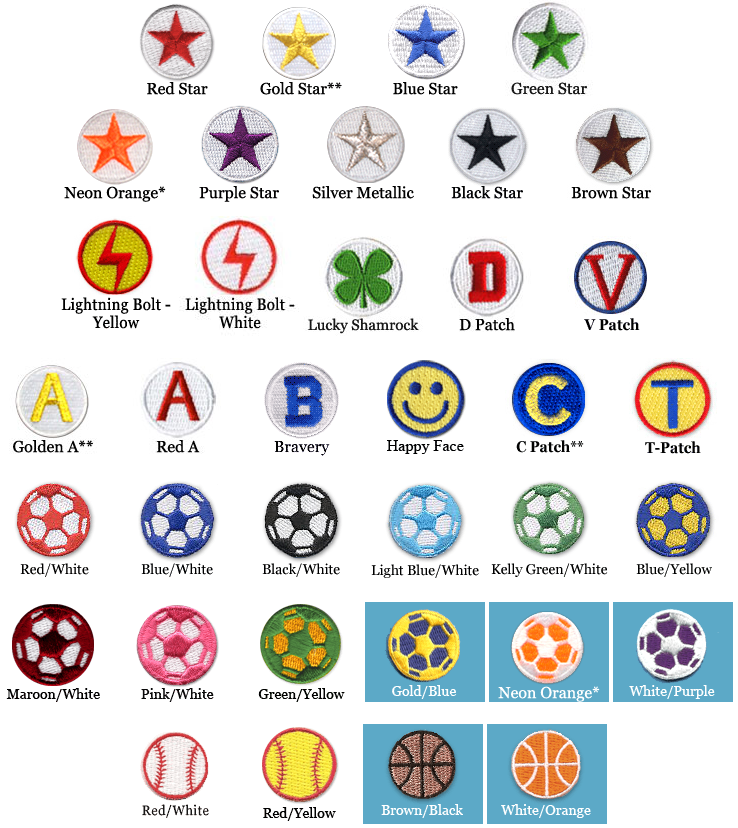(See "How To Teach Soccer Formations" at SoccerHelp Premium for how to teach Formations.) Does your team give up goals on breakaways, have trouble playing good offense or defense in the midfield, or not score enough goals? The problem may be that you are trying to make your team fit a formation and style of play instead of using a formation and style of play that fits your team. The formations that work for Select or Travel teams usually don't work well for Rec teams. Rec coaches usually don't have the time to teach complex systems of play, and complex formations and styles of play can cause players to become hesitant and frustrated. The easiest thing you can do to cause a huge improvement in your team's play is to change to a simplified, easy-to-teach formation and style of play that gives your team the best chance of being successful. SoccerHelp Premium explains how to choose and teach simplified Formations that are easy to teach and really work for Recreational teams. The formations and style of play explained in "Attacking Plan", "Scoring More Goals", "Quick Team Improvement Program" and "Formations" on Soccerhelp Premium will not only result in your Rec team winning more games, but your team will play better, have more fun, and players and coaches will gain a better understanding of the game. For example, Coach Scott, a Texas USA U-13 Boys coach, had only won 1 game of the past 20, but switched to a 3-2-2-3 formation and style of play as explained in Premium and went 6-2-2 (6 wins with basically the same team) and finished in second place. And Coach Lisa's U-11 Girls team (also of Texas USA) switched to a 3-2-2-3, and doubled their goal production (from an average of 2 to 4 per game). The great thing about both these cases is that it only took a few practices to see the results.
If your team is U4 or U6, you don't need to worry about formations, just have fun. But for U8 and older, the formation you use can have a great deal to do with your team's success. Your "formation" determines how many players you have at FB (Fullback), MF (Midfielder) & F (Forward). The purpose of having a "formation" is to ensure "support", "depth", "width" & field coverage on both offense & defense. Players are assigned a position & with it comes responsibilities. For example, a right side player (whether a RF, RMF or RFB) should not be way over on the left side of the field. (Right and left are as you face the other team's goal). If he is, then he has left a hole that is not covered. Each player must do his job and trust his teammates to do theirs; that is what makes a good "team". There are many different formations, but in all (unless you are playing 3 vs 3 or 4 vs 4) you will have F's, MF's, FB's & a goalkeeper. You may hear about a 4-4-2, a 4-3-3, or a 1-3-3-3 formation. These numbers never include the goalkeeper but always start with the player closest to the goalkeeper. Thus, a 4-4-2 would be 4 FB's, 4 MF's & 2 F's, a 1-3-3-3 would be a "Sweeper", 3 FB's, 3 MF's & 3 F's, and a 3-1-3-3 would be 3 FB's, a "Stopper", 3 MF's and 3 F's. (These assume 11 players on the team. For smaller sized teams adjust accordingly).
The formation you choose should be based on:
- The ability of your players.
- Your players speed and endurance.
- The number of substitutes you have.
- The length of the field.
- The other team's strengths and weaknesses.
See "How To Teach Soccer Formations" at SoccerHelp Premium for how to teach Formations.
See prices for our iron on Motivational Soccer Patches
